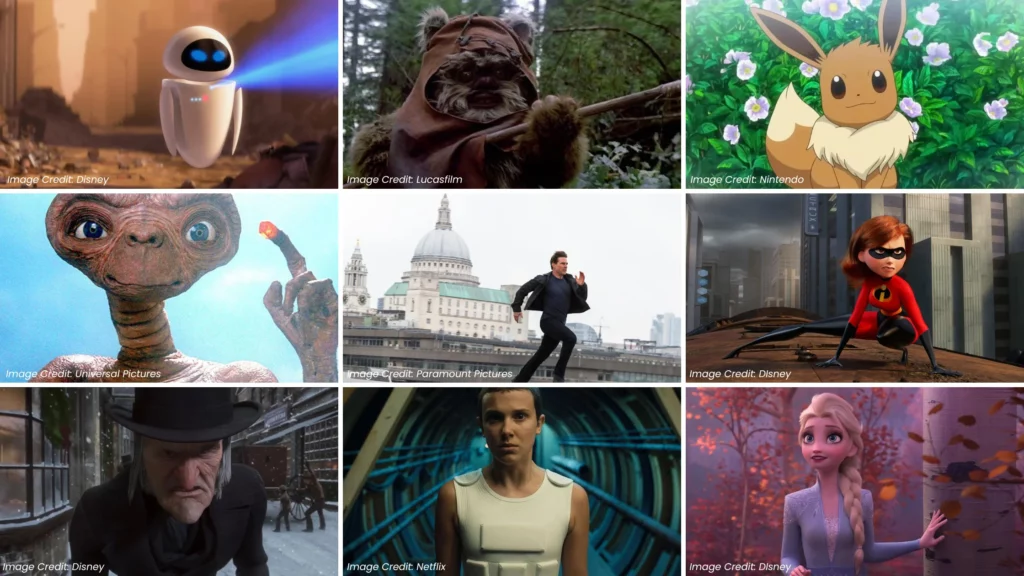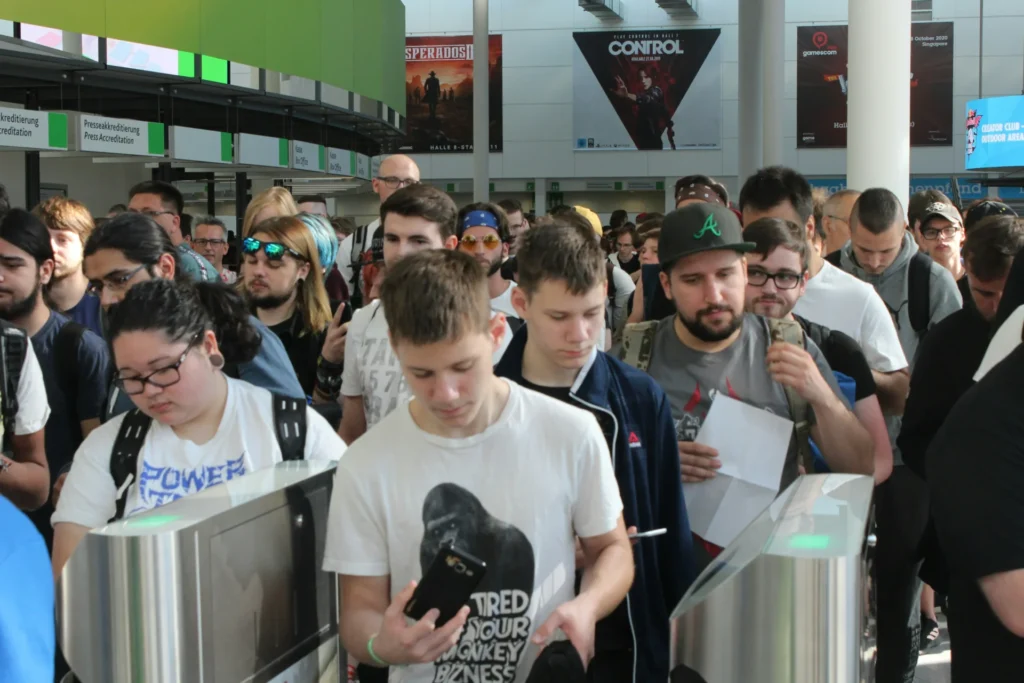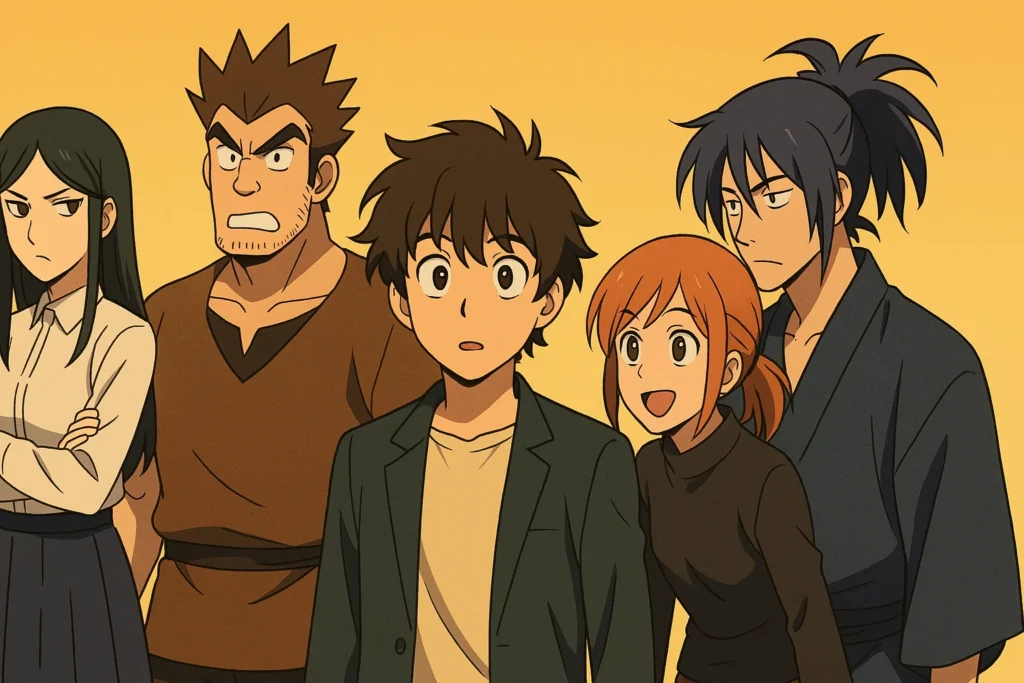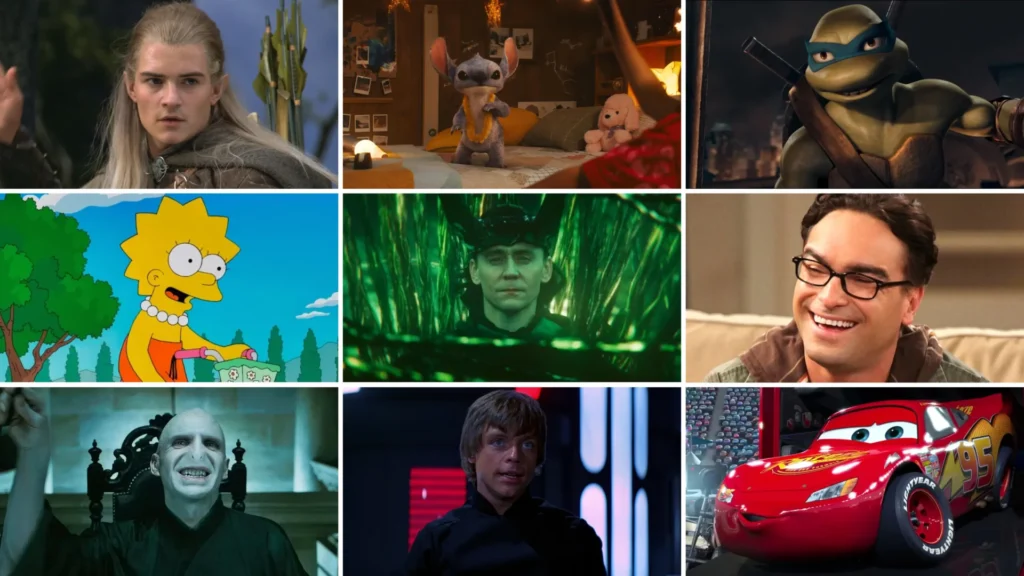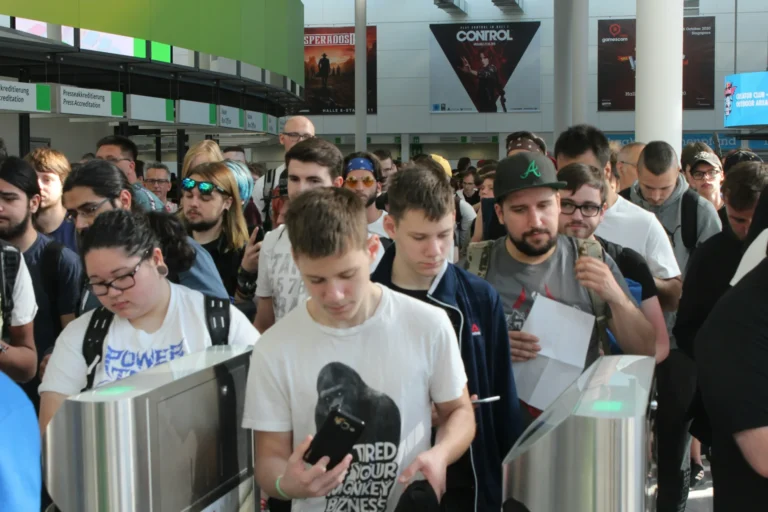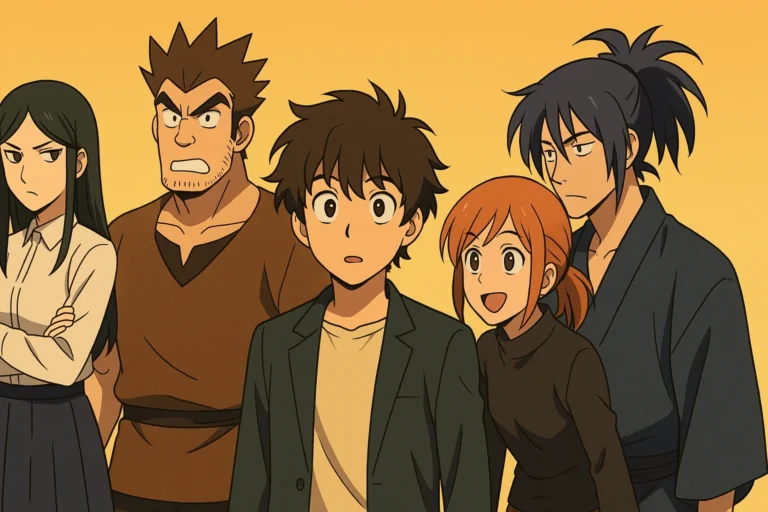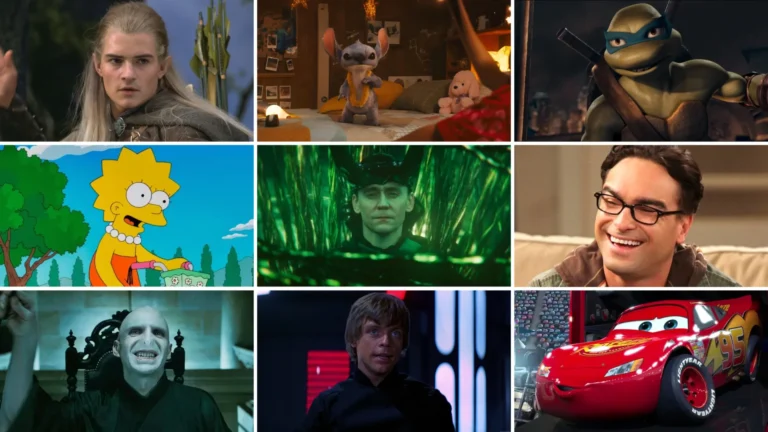Welcome to the enchanting world of fictional characters, this time shining a spotlight on the letter “E.” From the enchanting to the enigmatic, the heroic to the villainous, characters starting with E have carved their distinctive marks across the art of storytelling. These characters emerge from diverse worlds—spanning movies, television, and comics—each contributing their unique essence to the narrative realms they inhabit.
In this post, we’ll dive into the lives of 30 phenomenal characters whose names begin with “E,” exploring their significance, the worlds they inhabit, and the impact they’ve had on audiences around the globe.
These characters do more than play their roles; they inspire, challenge, entertain, and sometimes even change how we see the world. So, let’s uncover the 30 best fictional characters beginning with E.

Ethan Hunt (Mission: Impossible)
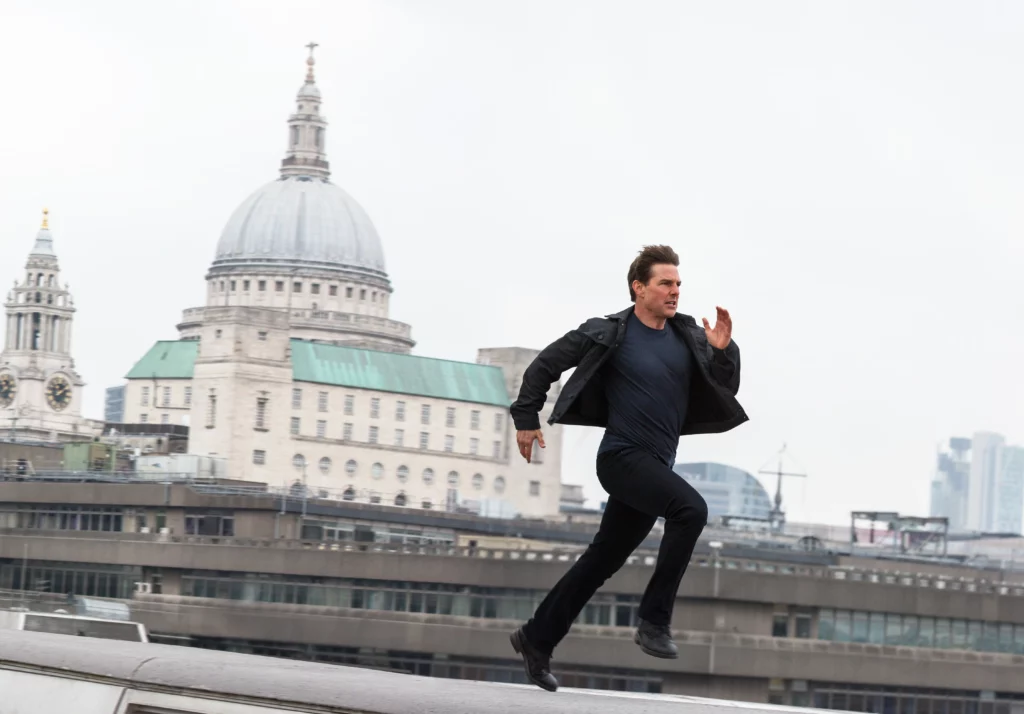
Ethan Hunt is the epitome of an action hero in the “Mission: Impossible” series, showcasing a blend of intelligence, physical prowess, and moral integrity. His role as an IMF (Impossible Missions Force) agent involves undertaking highly dangerous and seemingly insurmountable tasks, which he executes with unmatched skill and determination.
Debuting in “Mission: Impossible” (1996), Ethan has become a defining character in action cinema, known for his daring stunts and complex missions. He has been a central figure throughout the film series, and his character has evolved with each instalment, deepening his personal and professional layers.
Ethan’s narrative is a thrilling mix of espionage, action, and personal drama, offering a nuanced look at a man who consistently risks everything for his country and team. His ability to navigate and survive in a world filled with deceit and danger highlights his extraordinary capabilities and unwavering spirit, making his journey a cornerstone of the “Mission: Impossible” franchise.
Elsa (Frozen)
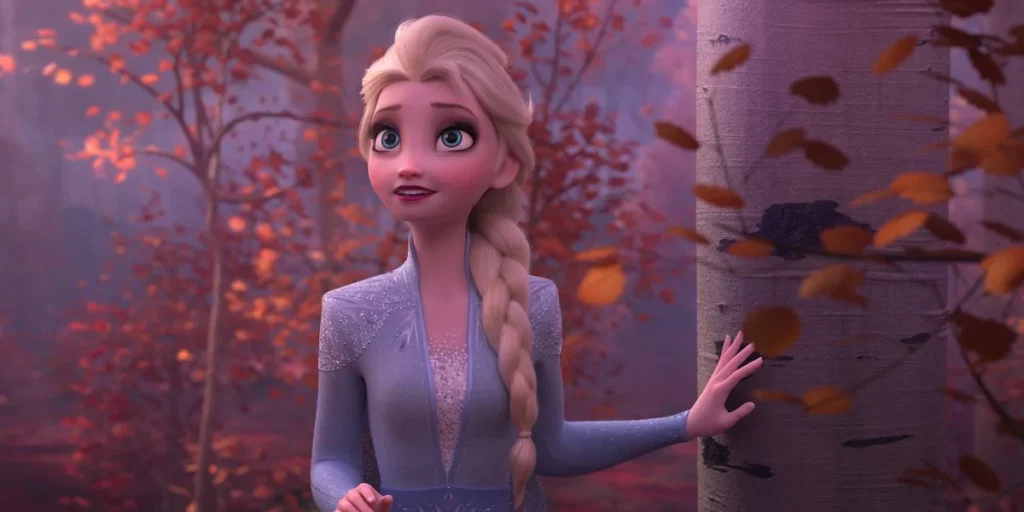
Elsa, the Snow Queen from Disney’s Frozen, resonates deeply with audiences through her journey of self-discovery and acceptance. As the ruler of Arendelle with the power to control ice and snow, Elsa’s struggle to control her abilities and fear of harming others define her early life.
First introduced in “Frozen” (2013), Elsa’s character undergoes significant development, transitioning from isolation to embracing her powers and role as a leader. Her story is further explored in the unknown in “Frozen II,” where she seeks to understand the origins of her powers and their connection to the natural world.
Elsa’s narrative tackles themes of identity, freedom, and responsibility as she learns to balance her personal needs with her duties as a queen. Her journey from concealment to empowerment, underscored by the hit song “Let It Go” has made her an iconic figure in contemporary animation, symbolizing the strength of embracing one’s true self.
E.T. (E.T. the Extra-Terrestrial)
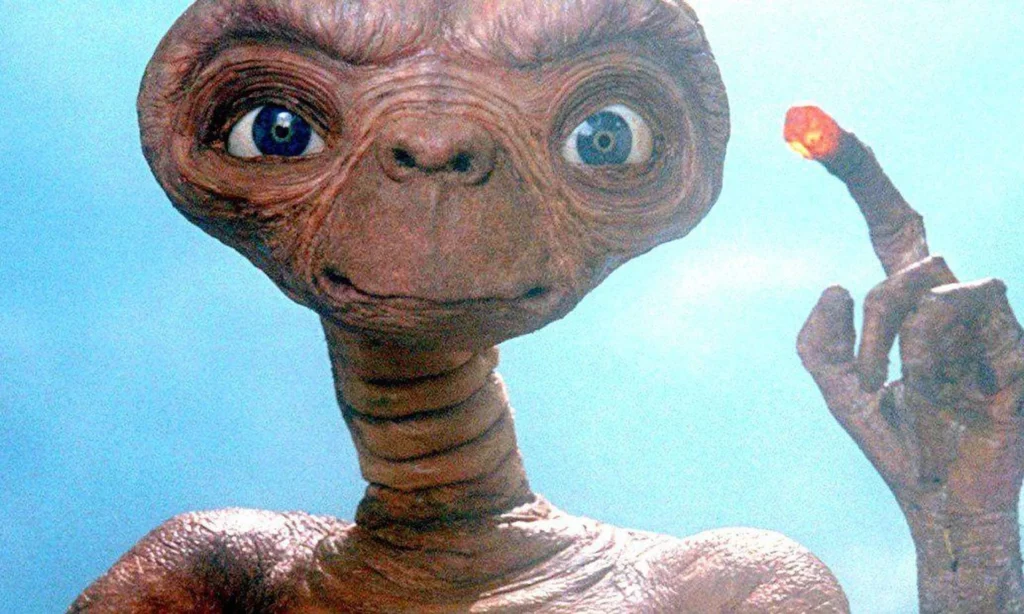
E.T., the heartwarming alien from Steven Spielberg’s “E.T. the Extra-Terrestrial,” captures the essence of friendship and the magic of childhood. Stranded on Earth, E.T.’s encounter with a young boy, Elliott, leads to an extraordinary friendship that transcends species boundaries.
Since his debut in the 1982 film, E.T. has become an enduring symbol of curiosity, innocence, and the longing for home, touching audiences with his vulnerability and endearing traits. The film’s exploration of E.T.’s efforts to return to his planet while evading government authorities offers a poignant narrative about connection, empathy, and the universal desire for belonging.
E.T.’s character arc, centred around his relationship with Elliott and his iconic phrase, “E.T. phone home,” highlights the profound impact of his presence on the human characters and viewers alike. His story emphasizes the power of friendship and the inherent value of compassion and understanding, making E.T. an unforgettable character in cinematic history.
Edward Cullen (Twilight)
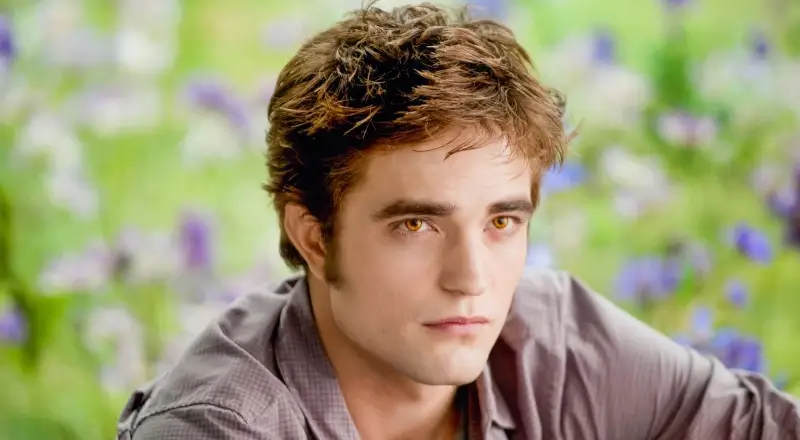
Edward Cullen is a central figure in the “Twilight” saga, a series that redefined vampire lore for a new generation. As a vampire who falls in love with a human, Bella Swan, Edward’s character embodies the tension between desire and restraint, offering a modern take on the classic vampire myth.
Introduced in the 2005 novel “Twilight” and the subsequent 2008 film, Edward’s character grapples with his immortal nature and the moral implications of his relationship with Bella. His struggle with his vampire instincts, juxtaposed with his deep love and protective instincts, adds depth to his character and fuels the saga’s central conflict.
Edward’s story, characterized by love, sacrifice, and identity themes, resonates with fans worldwide, making him a defining figure in the supernatural romance genre. His journey through the “Twilight” series explores the complexities of love and the challenges of blending different worlds, establishing Edward Cullen as a memorable and influential character in popular culture.
Edward Scissorhands
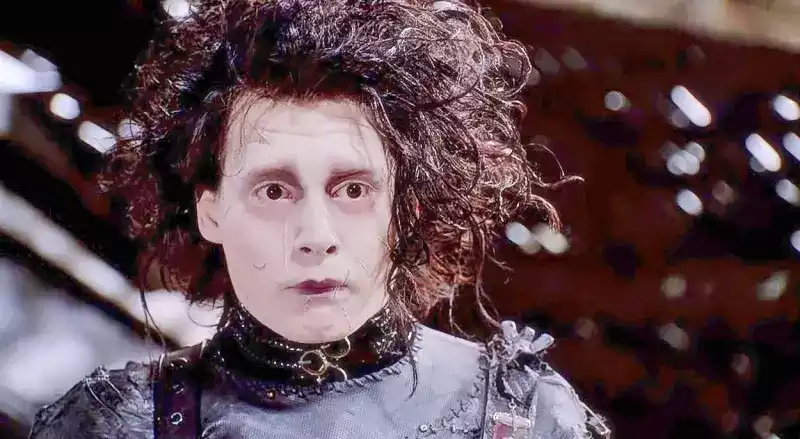
Edward Scissorhands, the protagonist of Tim Burton’s film of the same name, is a poignant figure who explores themes of isolation, creativity, and humanity. Created by an inventor who dies before finishing him, Edward is left with scissors for his hands, embodying his incomplete nature and his struggle to fit into society.
Since his introduction in the 1990 film, Edward’s character has been a symbol of the outsider, resonating with audiences through his gentle demeanour and the stark contrast between his appearance and his kind heart. His journey from solitude to an attempt at integration into a suburban community offers a critique of conformity and societal expectations.
Edward’s experiences, marked by moments of tenderness, misunderstanding, and, ultimately, tragedy, highlight the complexities of his character. His inability to touch without causing harm is a metaphor for his deep yearning for connection and acceptance, making Edward Scissorhands a timeless figure in cinematic storytelling.
Eleven (Stranger Things)
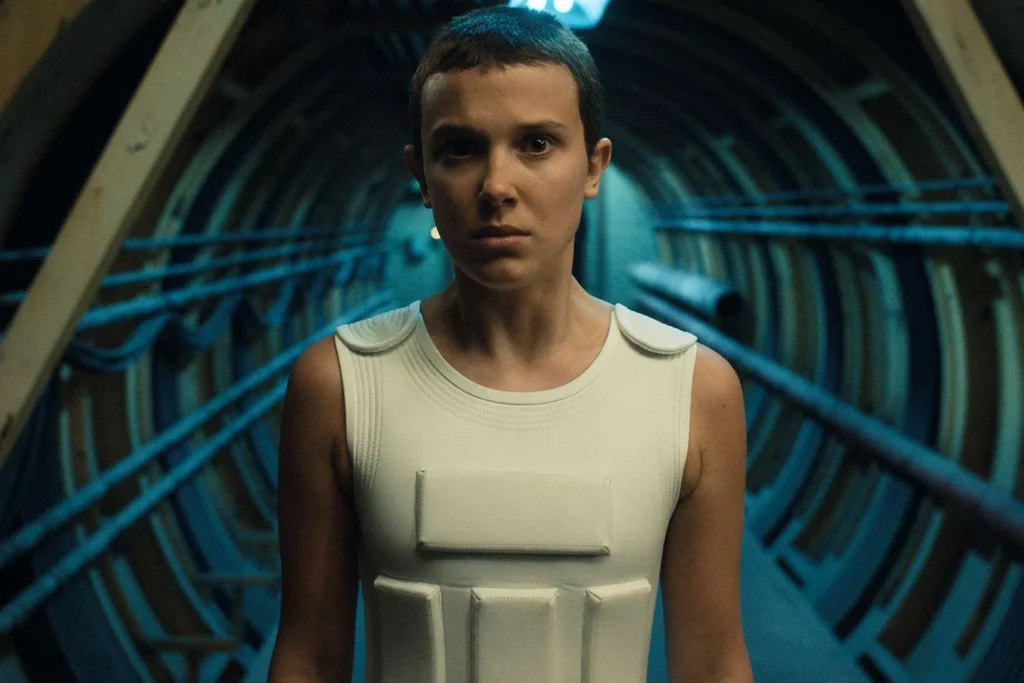
Eleven, a standout character from the Netflix series Stranger Things, captivates audiences with her mysterious origins, telekinetic abilities, and the emotional depth of her journey. As a young girl subjected to scientific experiments, Eleven’s escape into the small town of Hawkins introduces her to friendship, family, and the battle against otherworldly forces.
Debuting in the series’ first season in 2016, Eleven’s character arc is a compelling blend of supernatural thriller and coming-of-age story. Her relationships with the show’s ensemble cast, particularly her bond with Mike, Dustin, and Lucas, and her surrogate father figure, Hopper, define her development and the series’ emotional core.
Eleven’s struggle with her powers, past, and identity offers a fresh perspective on self-discovery and resilience. Her journey is marked by moments of triumph and adversity as she navigates a wondrous and dangerous world. Eleven’s character resonates with viewers because of her strength, vulnerability, and quest to understand her place.
Elmo (Sesame Street)
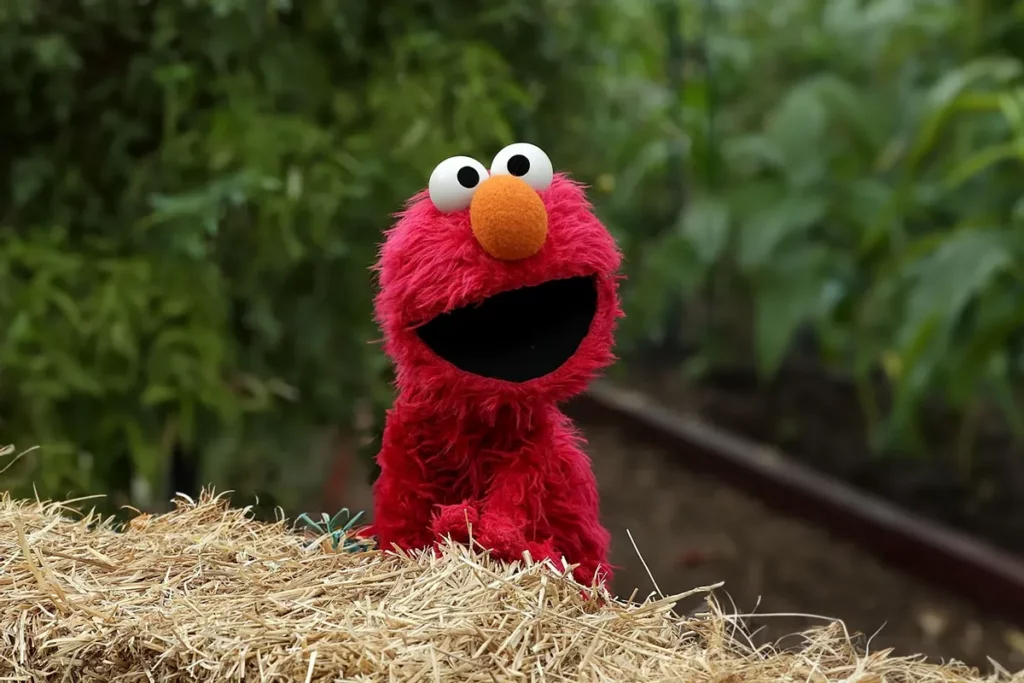
Elmo, the lovable red Muppet from “Sesame Street,” has been a cornerstone of children’s television, engaging young audiences with his cheerful personality and infectious laughter. Known for speaking in the third person and his fascination with his goldfish, Dorothy, Elmo represents the innocence and curiosity of childhood.
Since becoming a major character in the 1980s, Elmo has taught countless children about friendship, sharing, and basic educational concepts through his segments on “Sesame Street.” His segment, “Elmo’s World,” showcases his imaginative exploration of different topics, inviting viewers to learn alongside him.
Elmo’s enduring popularity stems from his ability to connect with children on their level, offering a blend of education and entertainment that is engaging and nurturing. His character continues to be a beloved figure in educational media, embodying the show’s mission to help children grow smarter, stronger, and kinder.
Estella (Cruella)
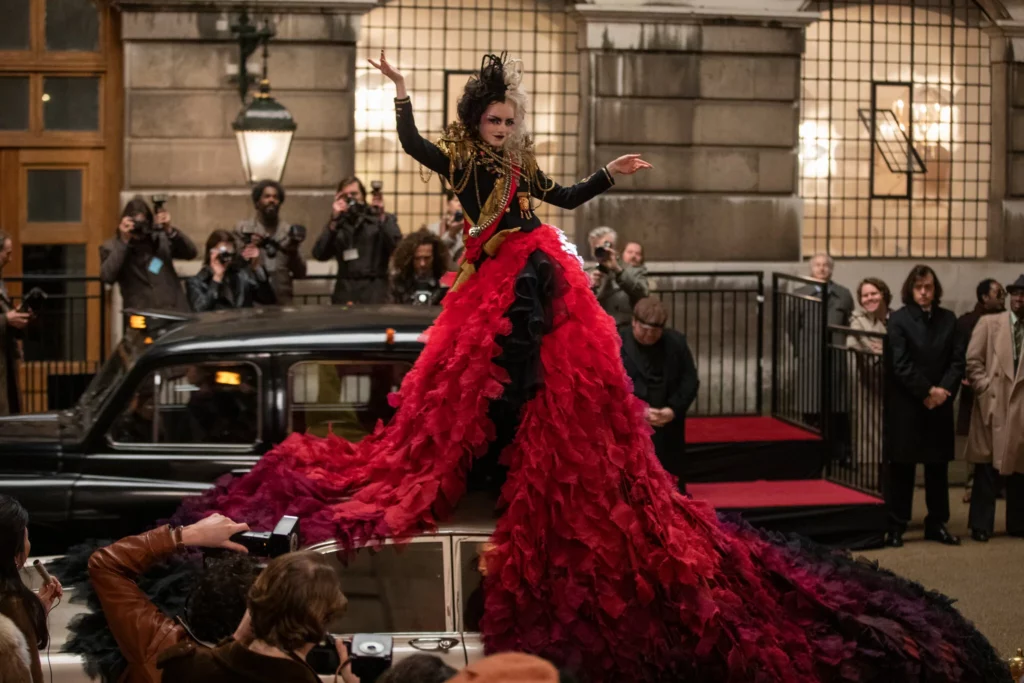
Estella, later known as Cruella de Vil in the 2021 film “Cruella,” provides a fresh perspective on the iconic villainess from “101 Dalmatians.” This character offers a deep dive into the backstory of one of Disney’s most notorious antagonists, exploring her evolution from a talented, ambitious young woman to the infamous Cruella.
The film presents Estella’s journey in the fashion world of 1970s London, where her flair for design and her desire for revenge and recognition sets her on a dark and transformative path. Her complex character is marked by creativity, intelligence, and a relentless drive to make her mark, eventually leading to her embracing the Cruella persona.
Estella’s story is a compelling exploration of identity, ambition, and the fine line between genius and madness. Her character adds depth to the Cruella legacy, showing how her past, relationships, and experiences in the cutthroat fashion industry shape her into the villain we love to hate.
Eva (WALL-E)
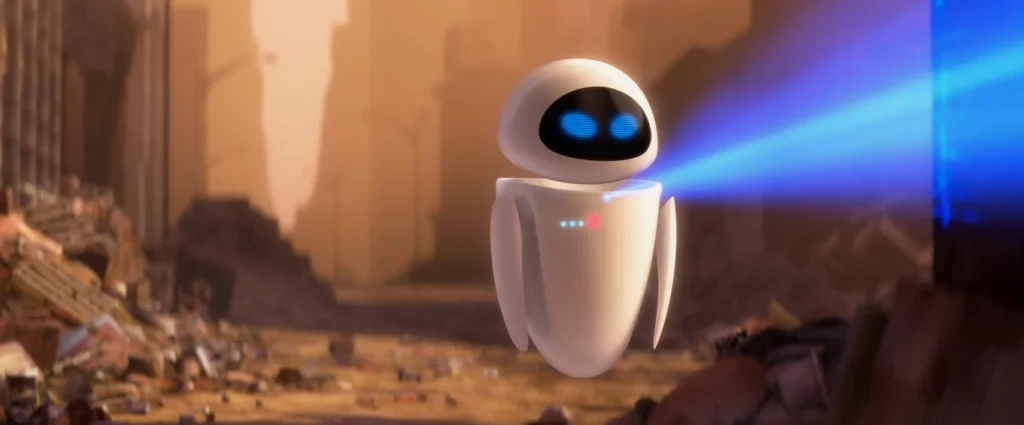
Eva, or EVE (Extraterrestrial Vegetation Evaluator), from Pixar’s “WALL-E,” is a sleek, advanced probe robot sent to Earth to search for signs of life. Her encounter with WALL-E, a waste-collecting robot, sparks an unexpected and touching romance central to the film’s heartfelt narrative.
Eva’s character, initially driven by her mission, gradually reveals depth and emotion, particularly through her interactions with WALL-E. Her journey showcases themes of discovery, connection, and the power of love to transcend programming and purpose. Her evolution from a single-minded robot to a caring, protective, and empathetic character is beautifully depicted, resonating with audiences and adding a poignant depth to the film’s exploration of humanity and the environment.
Eva’s role in “WALL-E” highlights the impact of technology on nature and the importance of preserving life in all its forms. Her character arc is a testament to Pixar’s ability to imbue non-human characters with profound humanity, making Eva an unforgettable figure in animated cinema.
Enderman (Minecraft)
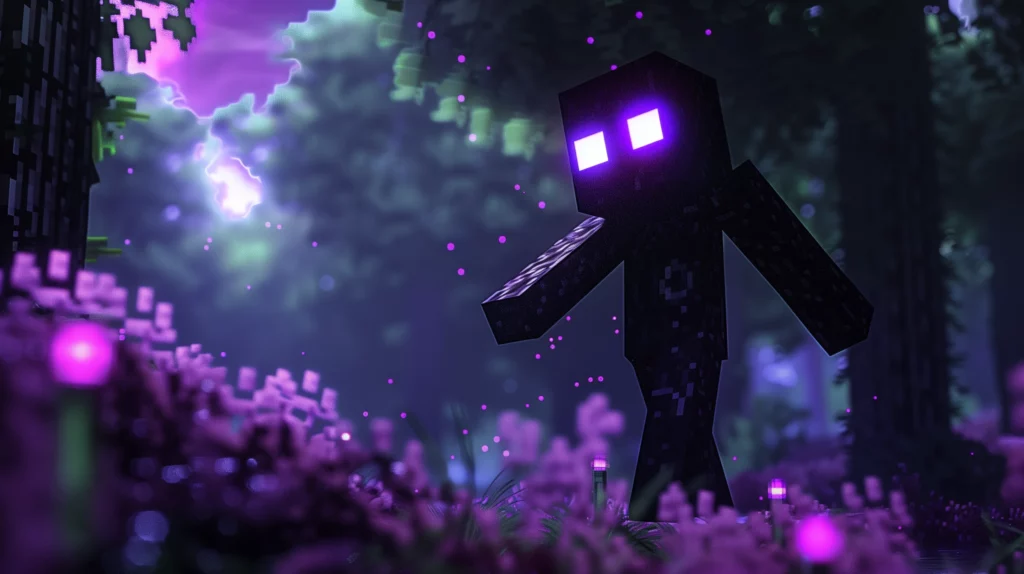
The Enderman, a mysterious, tall, black figure from the world of “Minecraft,” stands out as one of the game’s most iconic and enigmatic creatures. Known for their unique teleport ability and tendency to pick up and place blocks, Endermen add a layer of intrigue and challenge to the “Minecraft” experience.
These creatures are neutral until directly looked at or provoked, adding an element of suspense and strategy for players navigating the game’s vast, blocky landscapes. The Enderman’s distinctive design and behaviours have captivated the “Minecraft” community, inspiring various interpretations and lore within the game’s expansive fan base.
In the game’s narrative, Endermen are closely associated with The End, a dimension players explore later in their “Minecraft” journey. Their presence adds depth to the game’s world-building, enriching the player’s experience with a formidable and curiously enigmatic creature, embodying the creative and unexpected nature of “Minecraft.”
Ender Dragon (Minecraft)
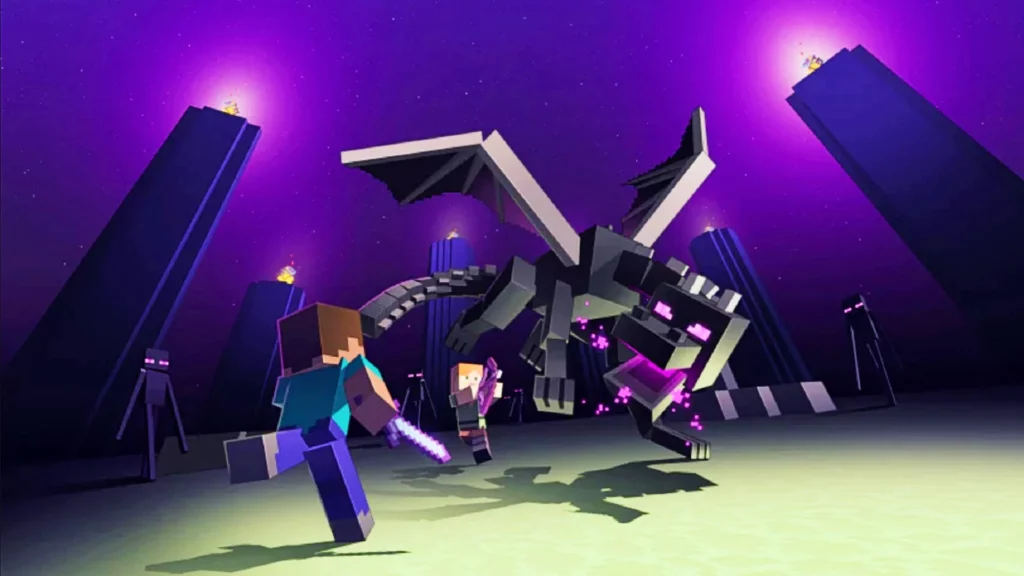
The Ender Dragon, residing in the eerie realm of The End, is the formidable final boss in Minecraft. It represents the pinnacle of the game’s adventure and survival aspects. As the first official boss mob introduced, the Ender Dragon’s role is pivotal in the game’s narrative, offering players a definitive goal and challenge.
Engaging the Ender Dragon in combat is a rite of passage for “Minecraft” players, requiring preparation, strategy, and resilience. The battle against this dragon is not just a test of skill but also a culmination of the player’s journey, symbolising mastery over the game’s world and mechanics.
The Ender Dragon’s defeat signifies a new beginning for players, allowing them to explore new possibilities within the game and earn the title of a true “Minecraft” veteran. This creature’s presence in “Minecraft” lore and its role as a central antagonist enrich the game’s storytelling, offering an epic conclusion to the player’s quest in this ever-evolving virtual world.
Edna Mode (The Incredibles)
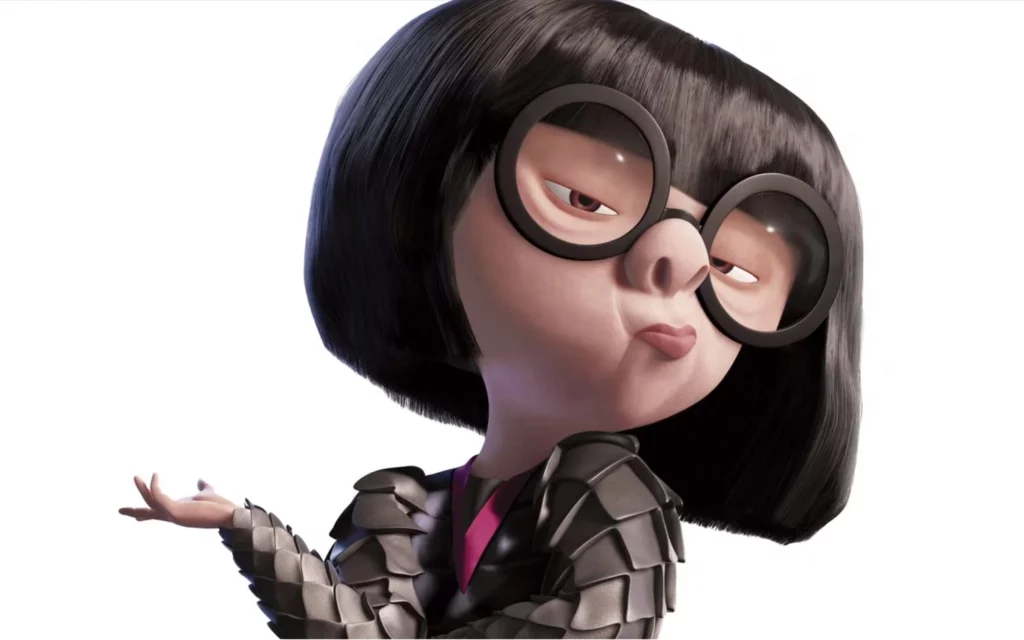
Edna Mode, the diminutive and eccentric fashion designer for superheroes in Pixar’s “The Incredibles,” delivers one of the film’s most memorable and quotable characters. She is known for her sharp wit, distinctive style, and unforgettable catchphrase, “No capes!” Edna’s character brings the movie a unique blend of humour and insight.
Despite her small stature, Edna’s influence is immense. She designs the costumes and contributes significantly to the characters’ identities and abilities through her creations. Her pragmatic approach to superhero fashion, prioritising function over flair, highlights her genius and critical role in the heroes’ lives.
Edna’s passion for design, no-nonsense attitude, and deep care for the Parr family contrast the film’s action-packed scenes. Her character offers a glimpse into the behind-the-scenes support that superheroes rely on, making Edna Mode an unforgettable icon in animation.
Elastigirl (The Incredibles)
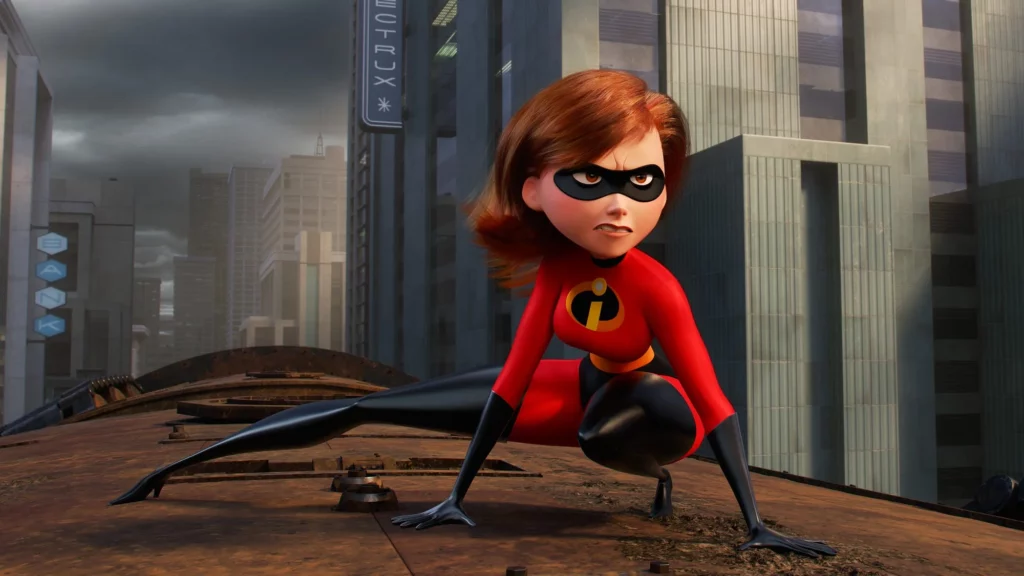
Elastigirl, also known as Helen Parr, from Pixar’s “The Incredibles,” redefines the traditional roles of superhero and mother. With her ability to stretch her body in incredible ways, she is not just a superhero; she’s a dynamic character balancing the demands of her family life with her heroic duties. In the film, Elastigirl transitions from being a full-time mother to resuming her role as a superhero, showcasing her adaptability, intelligence, and strength.
Her character is a testament to female empowerment, demonstrating that one can be both a nurturing mother and a formidable hero. Elastigirl’s dedication to her family is matched by her commitment to fighting crime and injustice, making her a role model and an inspiration. Her role in the film, especially in “The Incredibles 2,” where she takes centre stage in action, highlights her as a pivotal character in challenging and changing the superhero narrative.
Eevee (Pokémon)
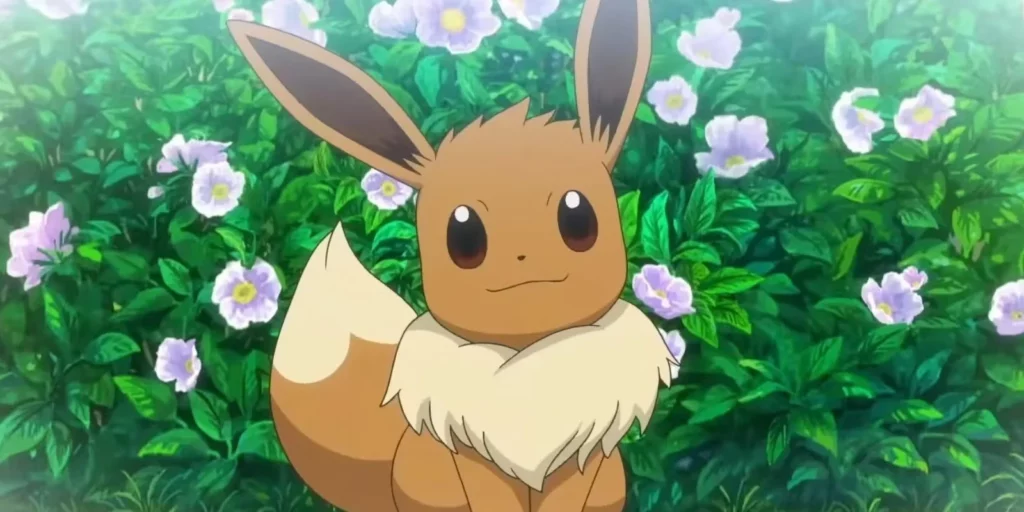
Eevee, a unique Pokémon known for its multiple evolutionary paths, stands out in the Pokémon universe for its adaptability and potential. Its ability to evolve into various forms, each representing a different element, makes Eevee a favourite among Pokémon trainers for its versatility and the strategic options it offers. This characteristic reflects the themes of growth and potential, as Eevee’s evolution depends significantly on its environment and the trainer’s choices.
In the Pokémon series, Eevee and its evolutions have become iconic, embodying the franchise’s core of exploration and personal connection with the Pokémon. Eevee’s endearing design and the emotional bonds it forms with trainers have made it a symbol of the franchise’s heart and creativity, showing how flexibility and change are integral to growth and development.
Eggman (Sonic the Hedgehog)
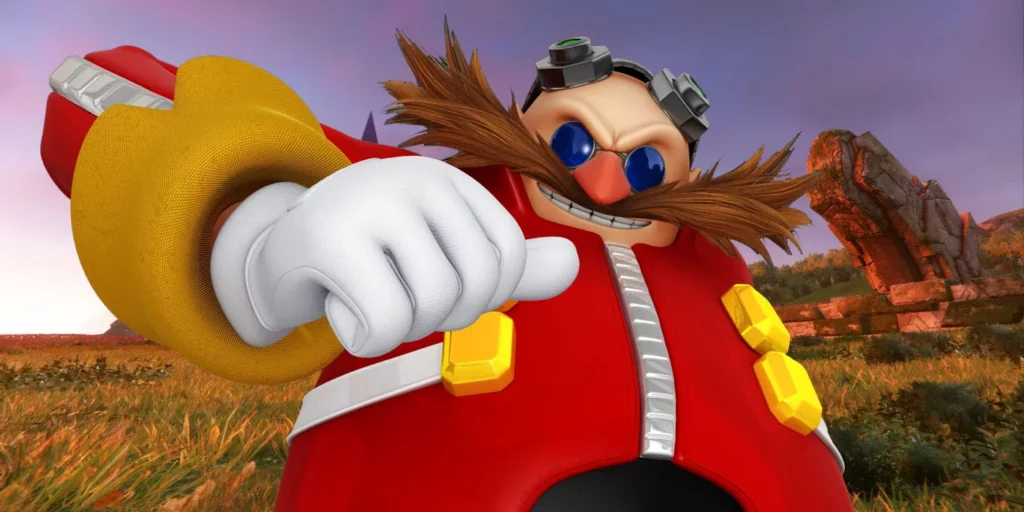
Dr. Ivo “Eggman” Robotnik, often called Eggman, is the archnemesis in the Sonic the Hedgehog franchise. He is known for his intelligence, megalomania, and persistent conflict with Sonic and his friends. As a mad scientist, Eggman’s ambition is to conquer the world and establish his order, using an array of robotic inventions and schemes to achieve his goals.
Despite his villainous nature, Eggman’s character adds a layer of humour and charisma to the Sonic series, often providing comic relief through his over-the-top plans and expressions. His enduring rivalry with Sonic drives much of the series’ narrative, showcasing themes of resilience, friendship, and the battle between freedom and control.
Eggman’s role in the Sonic universe is crucial, catalyzing Sonic and his allies’ adventures. His character evolution across games, animated series, and comics has made him one of the most recognizable and enduring figures in gaming, symbolising the perpetual conflict between heroism and villainy.
Elrond (The Lord of the Rings)
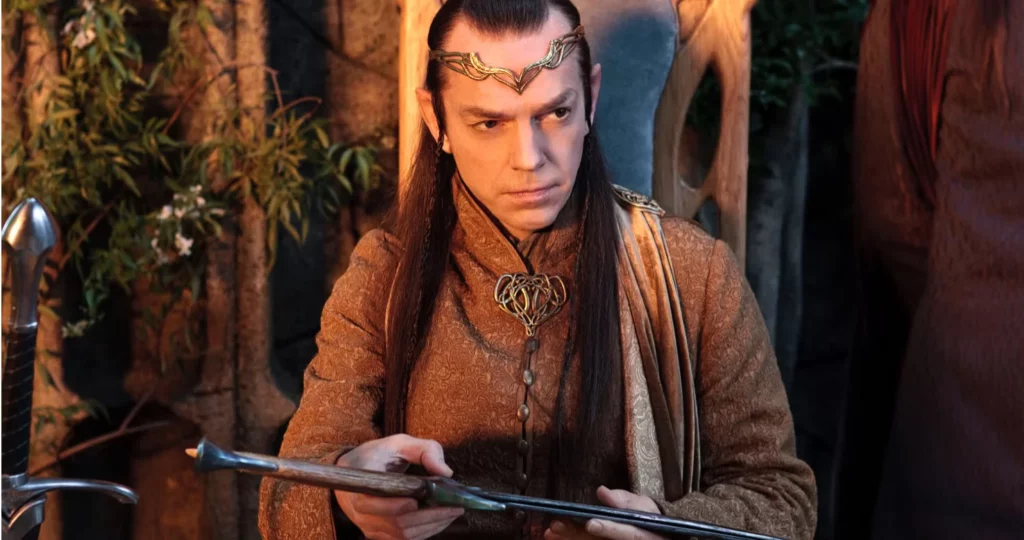
Elrond, the wise and noble Elf Lord in J.R.R. Tolkien’s “The Lord of the Rings,” is pivotal in Middle-earth’s history and the quest to destroy the One Ring. As the ruler of Rivendell, a sanctuary for those opposing Sauron, Elrond symbolises wisdom, grace, and resilience, offering counsel and refuge to the story’s protagonists.
His deep understanding of Middle-earth’s history and lore and his strategic acumen make him an essential ally in the fight against evil. Elrond’s character embodies the timeless qualities of the Elves—immortality, profound knowledge, and a connection to the world’s deeper truths.
Elrond’s sacrifices, including the death of his daughter Arwen to mortality, add depth to his character. They illustrate the themes of change, loss, and the passing of eras central to Tolkien’s epic. His leadership during pivotal moments in Middle-earth’s history highlights his significance in the lore and the overarching narrative of hope and resistance against darkness.
Elena (The Vampire Diaries)
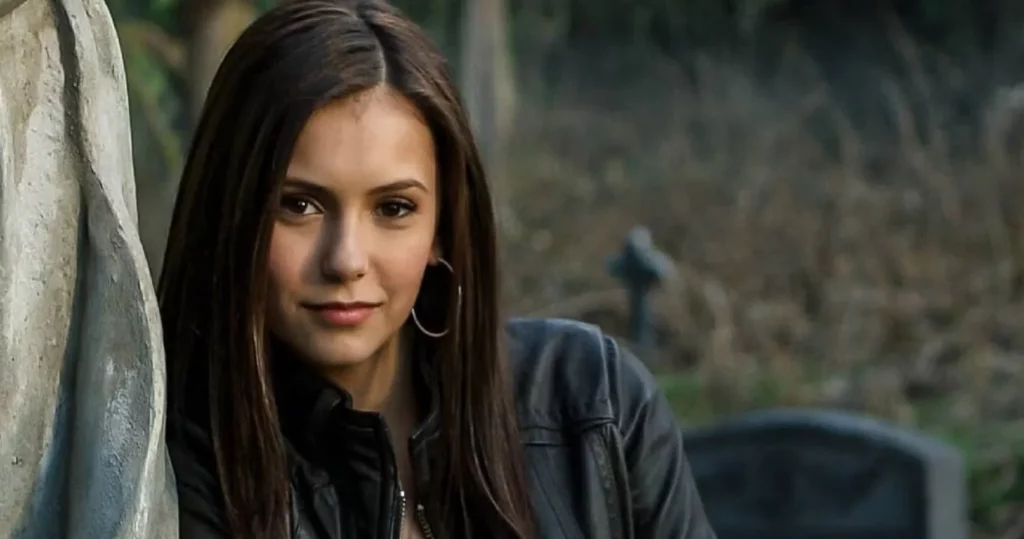
Elena Gilbert, the protagonist of “The Vampire Diaries,” navigates a world filled with supernatural beings and conflicts. She evolves from a high school student grieving her parents’ loss to a central figure in the series’ mystical and often perilous universe. Her relationships with vampires Stefan and Damon Salvatore propel much of the drama and character development, exploring themes of love, identity, and destiny.
Elena’s journey is marked by transformation and resilience as she confronts various challenges and changes, including her transition into a vampire. Her character’s growth, choices, and the balance between her humanity and vampire nature resonate with viewers, reflecting the complexities of self-discovery and the struggle to maintain one’s essence in the face of profound change.
Her role in the series drives the narrative and serves as a relatable anchor for exploring the show’s broader themes, such as power, sacrifice, and the nature of good and evil. Elena’s character embodies the series’ exploration of what it means to be human in a world where the lines between right and wrong, mortal and immortal, are constantly blurred.
Enola Holmes (Enola Holmes)
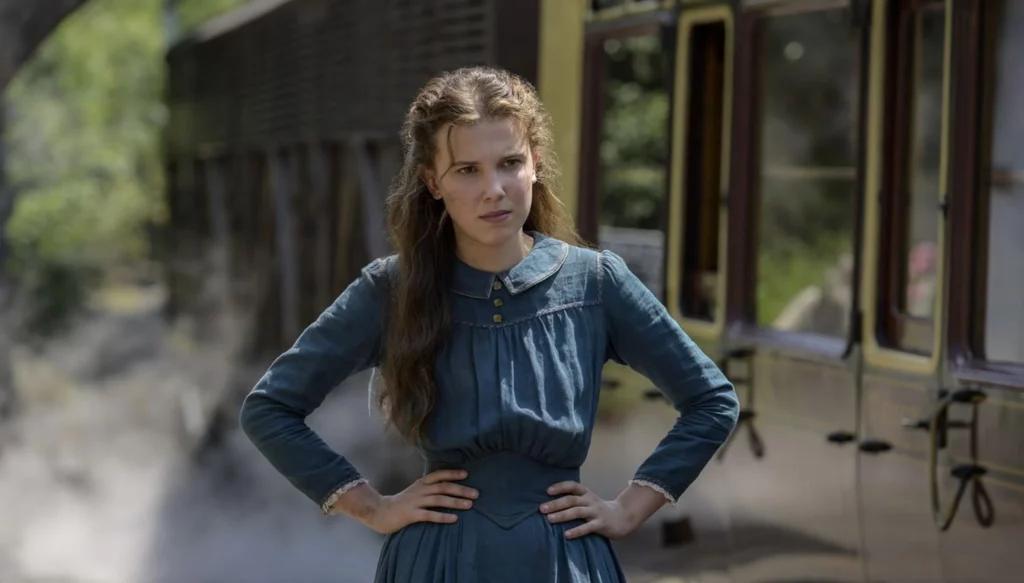
Enola Holmes, the protagonist of the film “Enola Holmes,” is the younger sister of the famous detective Sherlock Holmes. With a sharp wit and a strong sense of independence, Enola emerges as a formidable detective in her own right, challenging the societal norms of her time. Her character celebrates intelligence, resourcefulness, and courage as she embarks on a quest to find her missing mother, unravelling mysteries and advocating for her autonomy.
Enola’s journey is not just a physical adventure but also a path of self-discovery and defiance against the restrictive expectations placed on women in Victorian society. Her character provides a fresh perspective within the Holmes family, adding depth to the Holmes legacy with her unique problem-solving approach and vibrant personality.
Electro (Spider-Man series)
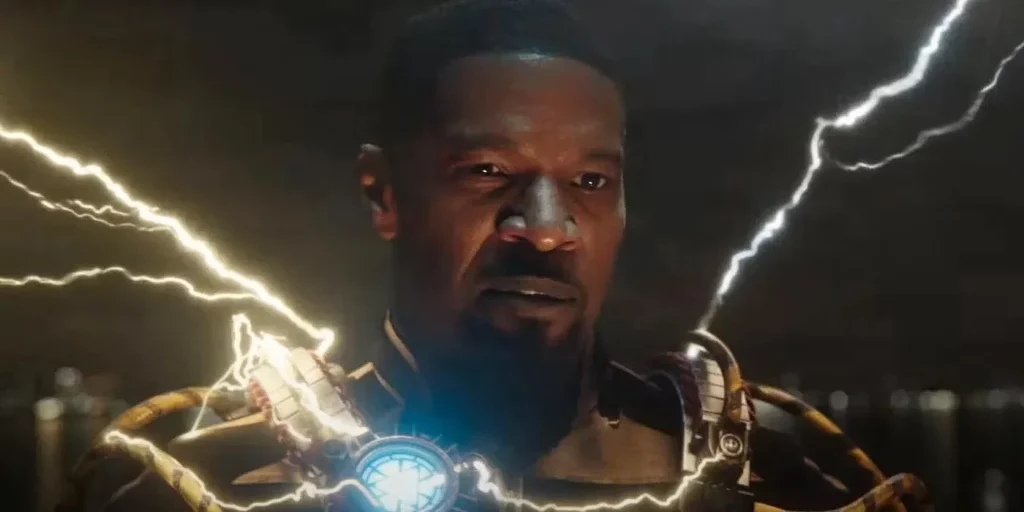
Electro, one of Spider-Man’s formidable adversaries, wields the power to control electricity, making him an electrifying presence in the universe. Originating from a tragic accident that granted him his abilities, Electro, also known as Max Dillon, oscillates between seeking revenge and striving for acknowledgement and power, embodying the classic trope of a misunderstood villain transformed by his newfound powers.
His confrontations with Spider-Man highlight themes of power, responsibility, and the fine line between heroism and villainy. Electro’s character explores the consequences of unchecked anger and resentment, providing a cautionary tale about the destructive potential of seeking vengeance and the importance of redemption.
Elliot Alderson (Mr. Robot)
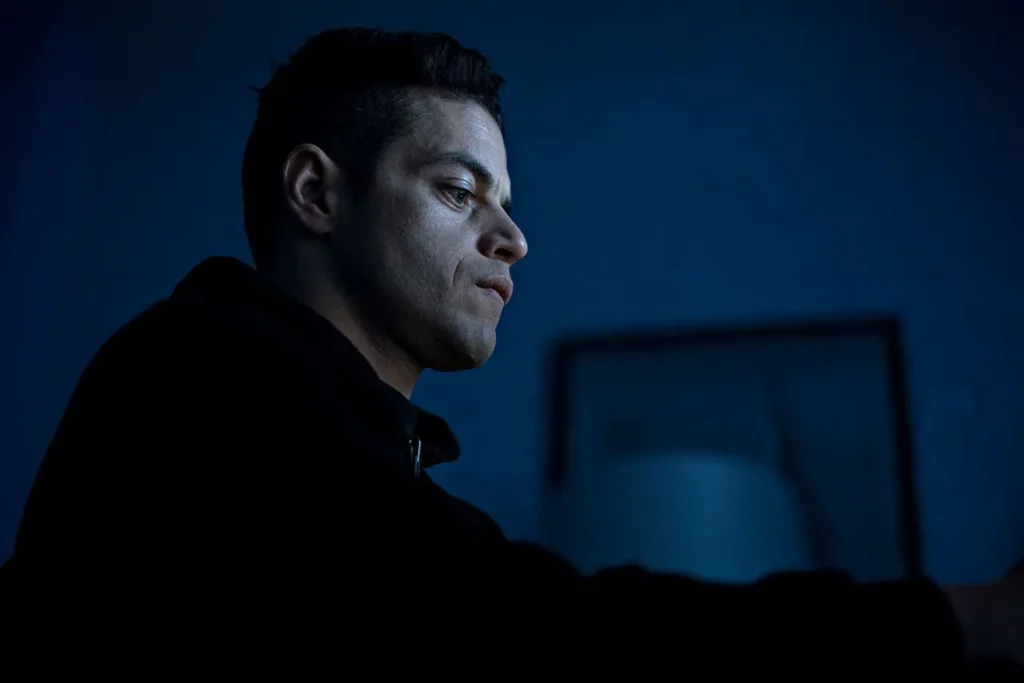
Elliot Alderson, the protagonist of the series Mr. Robot, is a cybersecurity engineer and hacker with a complex personality shaped by his struggles with social anxiety and dissociative identity disorder and a deeply ingrained desire to challenge and dismantle corrupt societal systems. Elliot’s character delves into the dark corners of the digital age, exploring themes of identity, control, and revolution.
Throughout the series, Elliot’s journey is a gripping exploration of his internal and external battles, blurring the lines between reality and illusion. His hacking exploits and interactions with the mysterious Mr. Robot propel the narrative forward, offering a thought-provoking commentary on technology, power, and the quest for personal and societal change.
Ebenezer Scrooge (A Christmas Carol)
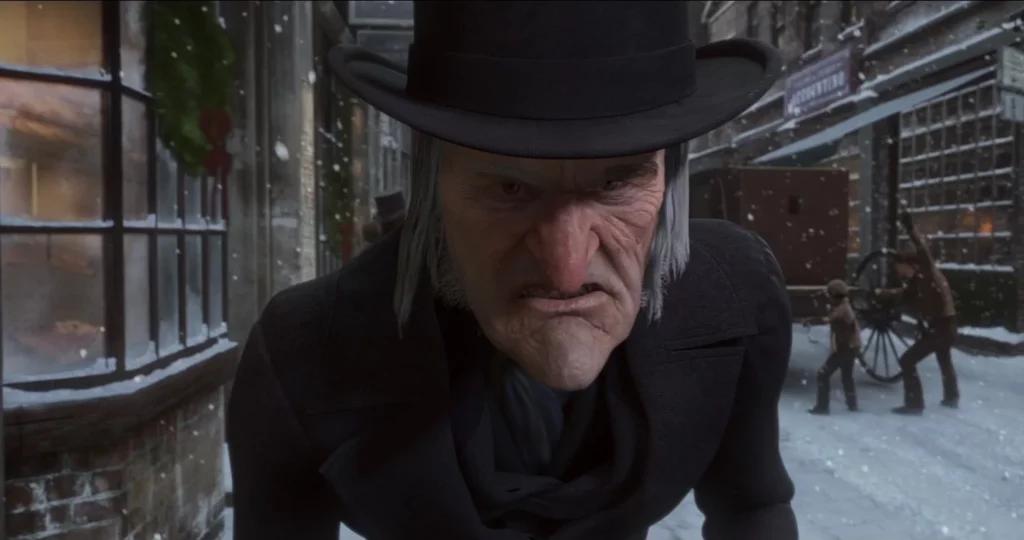
Ebenezer Scrooge, the central character of Charles Dickens’s “A Christmas Carol,” epitomizes the transformational power of redemption and the human capacity for change. Known for his miserly ways and disdain for the Christmas spirit, Scrooge’s overnight journey with the ghosts of Christmas Past, Present, and Yet to Come serves as a profound moral awakening.
Scrooge’s evolution from a cold-hearted miser to a benevolent figure symbolizes the enduring message of “A Christmas Carol” – it’s never too late to alter one’s path and embrace compassion and generosity. His story resonates with audiences, serving as a timeless reminder of the importance of kindness, empathy, and the potential for personal growth and redemption.
Ewok (Star Wars series)
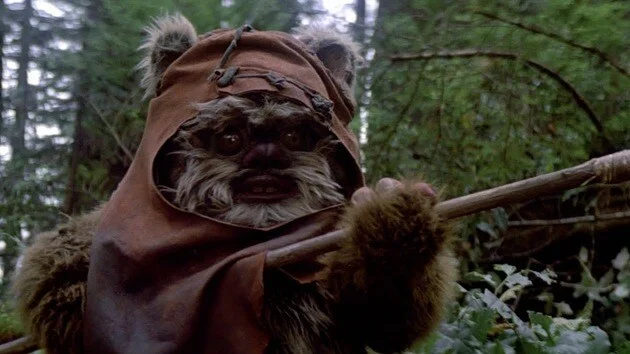
Ewoks, the small yet brave inhabitants of the forest moon of Endor in the Star Wars universe, play a pivotal role in the defeat of the Galactic Empire in Return of the Jedi. Despite their primitive appearance, the Ewoks are resourceful and valiant warriors who align with the Rebel Alliance to combat a technologically superior foe.
These creatures, with their tribal society and connection to their forest home, highlight themes of unity, resilience, and strength in community and harmony with nature. The Ewoks’ contribution to the victory over the Empire underscores the “Star Wars” saga’s recurring motif that even the smallest beings can significantly impact the battle between good and evil.
Evil Queen (Snow White)
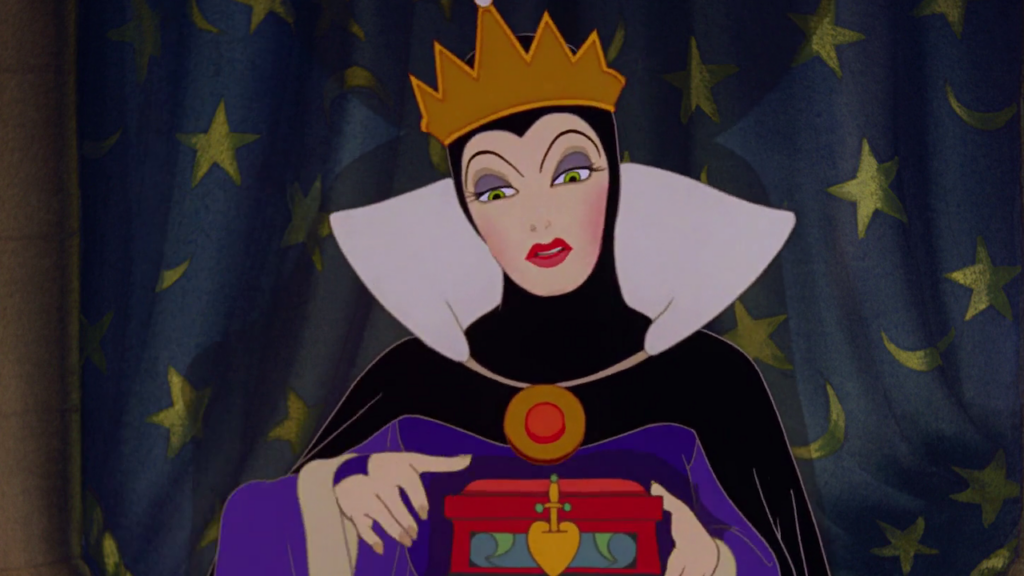
The Evil Queen, a classic villain from Disney’s “Snow White and the Seven Dwarfs,” epitomizes jealousy and vanity taken to malevolent extremes. Her obsession with being the fairest in the land drives her to dark and desperate measures against Snow White, her innocent stepdaughter. The Queen’s transformation into an old witch to deceive Snow White with a poisoned apple is a pivotal moment in animation history, showcasing the lengths she will go to ensure her superiority.
Her character is a cautionary tale about the corrosive nature of envy and the destructive pursuit of superficial beauty. The Evil Queen’s dramatic downfall is a cornerstone of her narrative, reinforcing the theme of virtue triumphing over malevolence. Her legacy endures as one of the most iconic and chilling antagonists in fairy tales and animated storytelling.
Elphaba (Wicked)
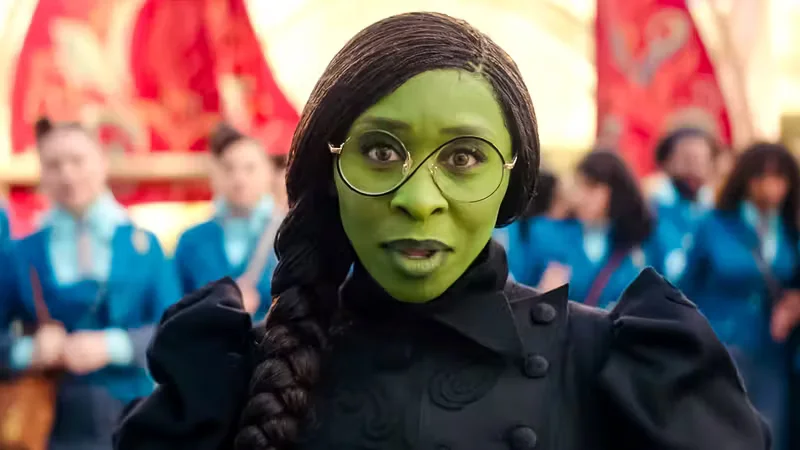
Elphaba, known as the Wicked Witch of the West in “Wicked,” offers a nuanced perspective on a character traditionally seen as a villain in “The Wizard of Oz.” This Broadway musical reimagines her story, portraying her as a misunderstood and complex figure who challenges the corruption and prejudice in the land of Oz. Elphaba’s journey from an ostracized individual to a defiant advocate for justice provides a profound commentary on morality, identity, and the nature of good and evil.
Her iconic song “Defying Gravity” symbolizes her refusal to conform to societal expectations, symbolising resilience and self-acceptance. Elphaba’s character arc, marked by friendship, love, and betrayal, adds depth to her character, transforming her into an emblem of empowerment and a beacon for those who feel out of place.
Eeyore (Winnie the Pooh)
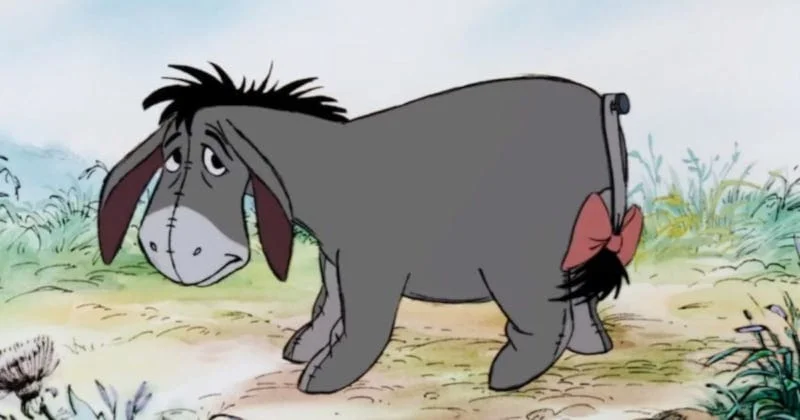
Eeyore, the ever-gloomy donkey from A.A. Milne’s “Winnie the Pooh,” embodies a blend of melancholy and endearing pessimism, starkly contrasting the other inhabitants of the Hundred Acre Wood. His sombre outlook and slow-paced speech have endeared him to fans as a character who provides a realistic portrayal of sadness and apathy yet is still valued and loved by his friends.
Despite his perpetual gloom, Eeyore’s moments of happiness are profound, reminding audiences of the importance of friendship, empathy, and looking out for one another. His character demonstrates that it’s okay to feel sad or down. True friends will accept and love you for who you are, making Eeyore a deeply relatable and cherished figure in children’s literature and animation.
Eddard Stark (Game of Thrones)
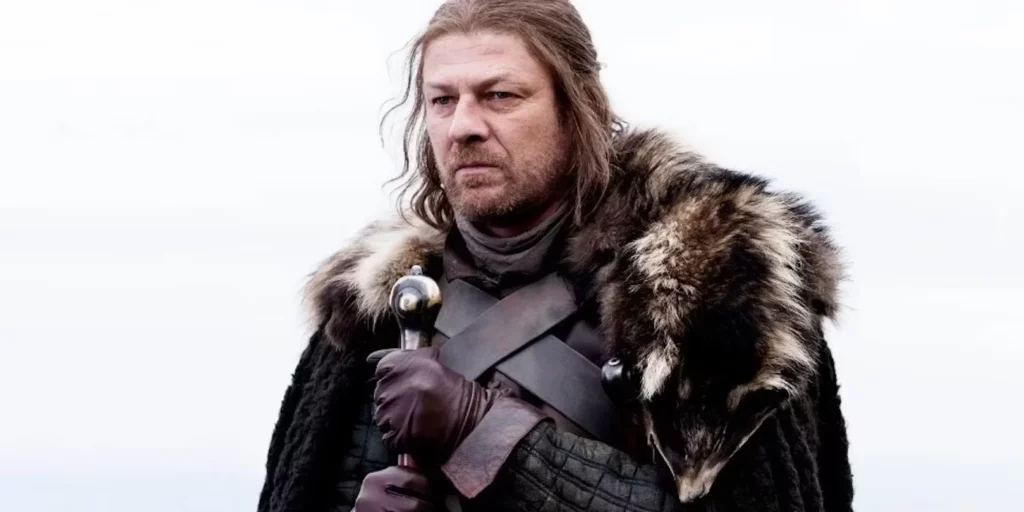
Eddard “Ned” Stark, from George R.R. Martin’s A Song of Ice and Fire and its television adaptation, Game of Thrones, stands as a beacon of honour and integrity in a world rife with deceit and treachery. As the head of House Stark and Warden of the North, Ned’s steadfast commitment to his principles often puts him at odds with Westeros’s political machinations.
Though truncated, Ned’s role in the series leaves a lasting impact, underscoring the themes of honour, duty, and the harsh realities of power. His fate catalyses much of the series’ subsequent conflicts, illustrating the consequences of adhering to a moral code in a corrupt world. Eddard Stark’s legacy endures through his family, influencing their paths and the overarching narrative, cementing his place as a pivotal and tragic figure in the saga.
Eugene (Tangled)
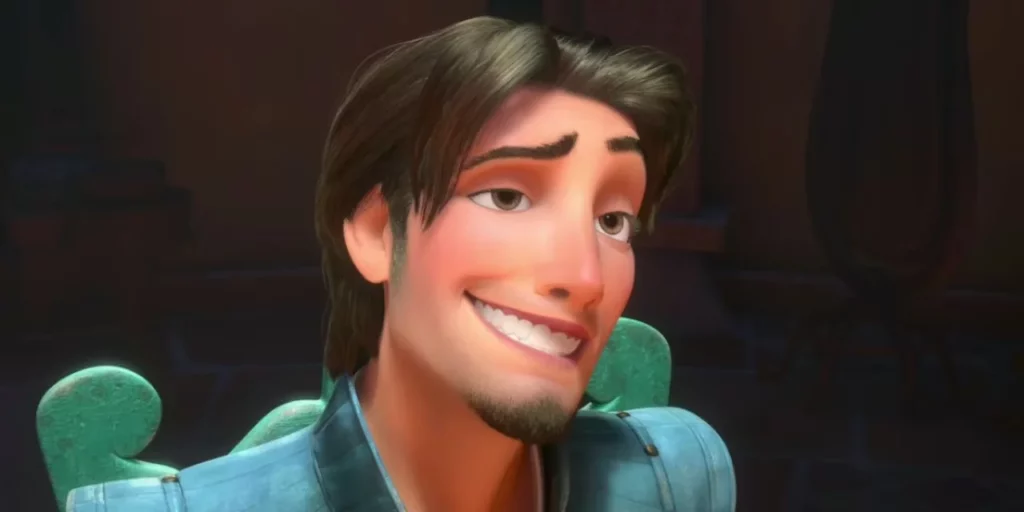
Eugene Fitzherbert, also known as Flynn Rider in Disney’s “Tangled,” is a charming and roguish character who evolves from a self-centred thief to a selfless hero. His encounter with Rapunzel, the film’s protagonist, sets him on a journey of transformation, where he discovers his true identity and purpose beyond his life of crime.
Eugene’s wit, humour, and developing relationship with Rapunzel add depth to his character, making his transition from a cynical opportunist to a devoted partner one of the movie’s most engaging arcs. His backstory, which is revealed throughout the film, adds layers to his personality, highlighting the theme of redemption and the power of love to change one’s path. Eugene’s journey from Flynn Rider, the thief, to Eugene Fitzherbert, the hero, is a testament to the film’s exploration of identity, growth, and the pursuit of genuine happiness.
Ellie (Up)
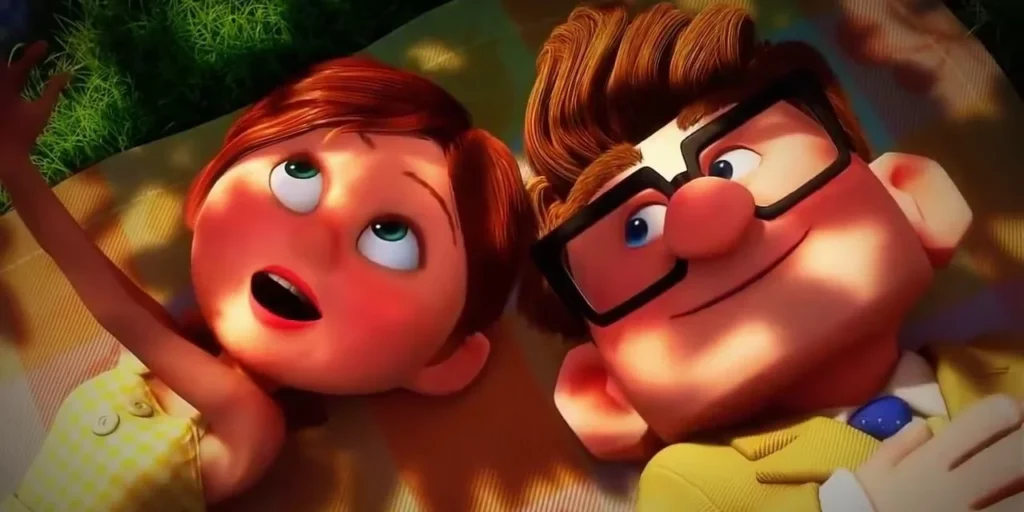
In Pixar’s “Up,” Ellie is a character whose physical presence is brief and leaves an indelible mark on the film’s narrative and emotional depth. Her adventurous spirit, dreams of exploration, and loving relationship with Carl shape the story’s core. Ellie’s influence is the driving force behind Carl’s journey, showcasing the enduring impact of love and shared dreams.
Her character embodies adventure, hope, and the significance of cherishing life’s moments. Even after her passing, Ellie’s spirit and the life she shared with Carl continue to inspire him and the audience, demonstrating the profound effect one person can have on another’s life.
Eugene Krabs (SpongeBob SquarePants)
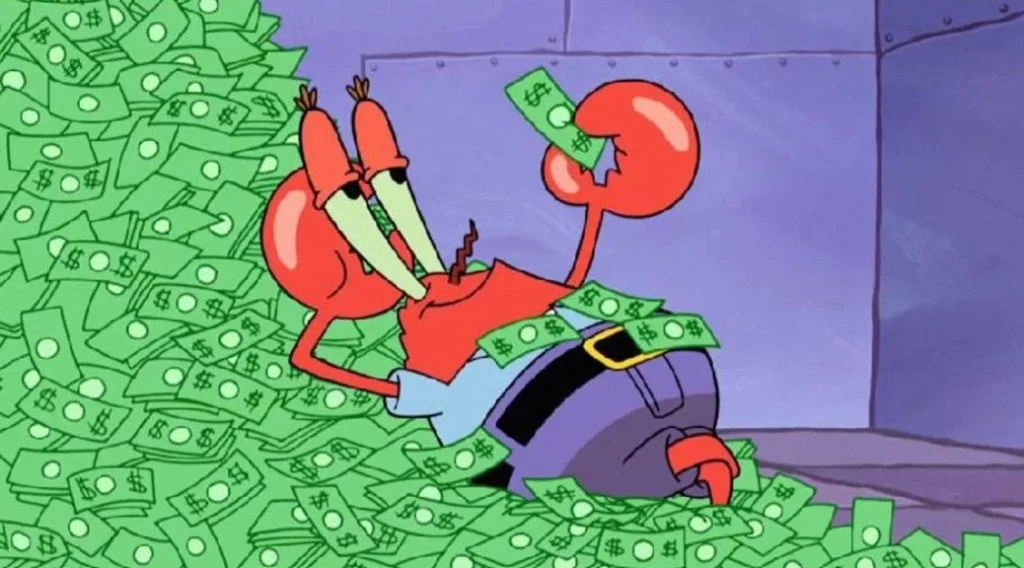
Eugene H. Krabs, better known as Mr. Krabs, is the money-obsessed owner of the Krusty Krab in the animated series SpongeBob SquarePants. His character is a humorous take on the stereotypical greedy businessman, and his love for money often drives the plotlines of various episodes.
Despite his avarice, Mr. Krabs shows moments of genuine care and paternal instincts, especially towards his daughter, Pearl. His character adds a dynamic layer to the show, providing comedic relief while offering lessons on the consequences of greed and the importance of valuing relationships over material wealth.
Emma Swan (Once Upon a Time)
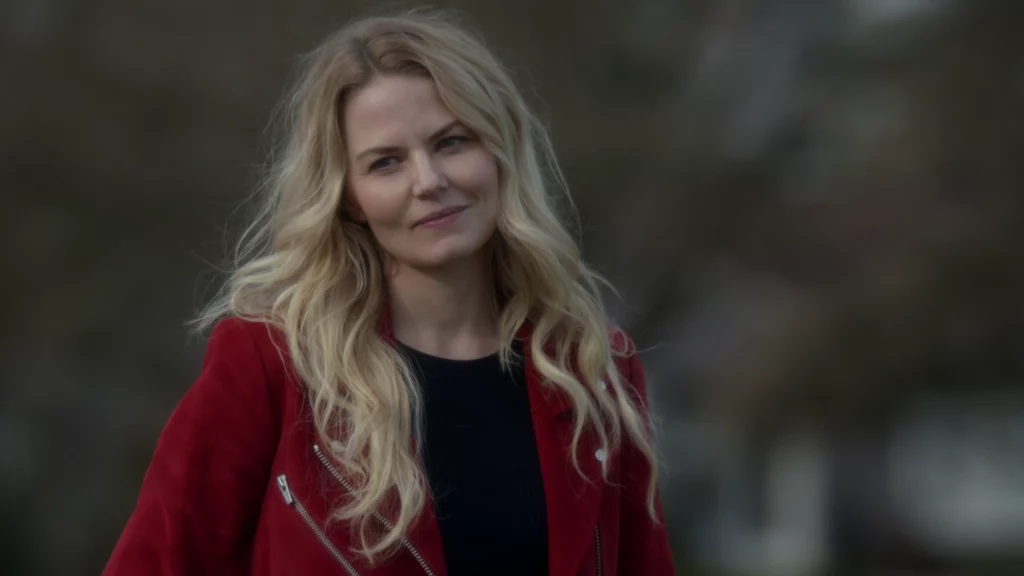
Emma Swan, the protagonist of Once Upon a Time, bridges the real world and the realm of fairy tales. As the daughter of Snow White and Prince Charming, Emma is destined to break the curse that has trapped the inhabitants of Storybrooke in time without their true memories.
Emma’s journey from a sceptical bail bonds person to a believer in magic and her role as the Savior is central to the series. Her development, marked by her struggle with identity and destiny, resonates with family, love, and sacrifice themes. Her character arc is a testament to the power of belief and the strength of embracing one’s true self.
